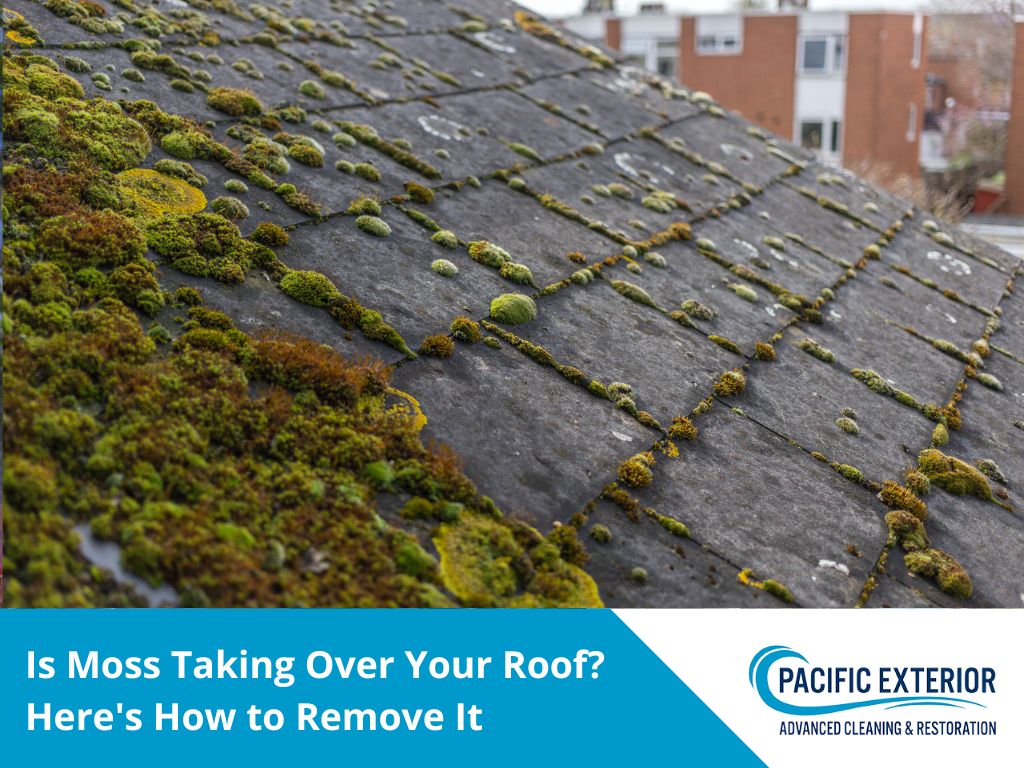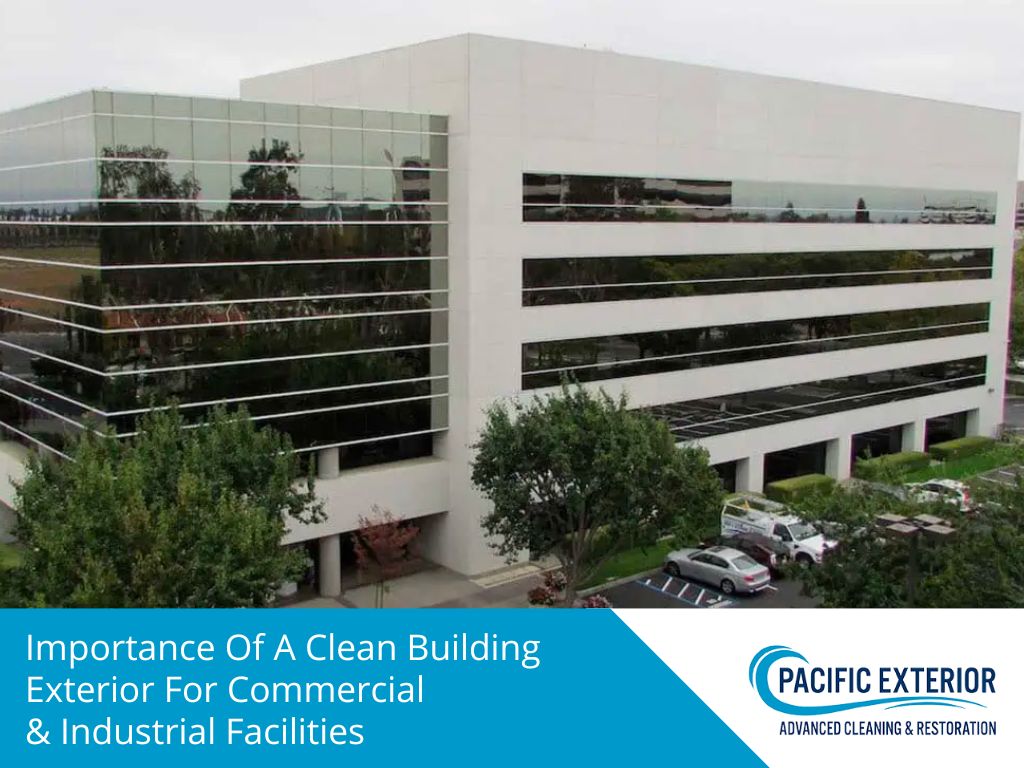How to Ensure Your Roof is Ready Before Installing Solar Panels

Nearly 4% of homes in the US are powered by solar energy, and that number is expected to continue to grow in the coming years. In a place like California, where sunshine is abundant and energy costs are high, homeowners have more incentive to invest in solar panels.
If you’re considering joining the growing ranks of homeowners taking advantage of renewable energy, you must first ensure your roof is up to the task. After all, your roof is the foundation for any installation, and the success of your solar panel system depends on it.
This article will provide an overview of what you need to know before installing solar panels on your roof. We’ll cover the importance of making sure your roof is up for the job and what kind of preparation needs to be done.
Let’s get started!
Why are Solar Panels Installed on Roofs?

Before getting into the details of preparing your roof for solar panel installation, it’s important to understand why solar panels are often placed on roofs. Unlike electricity, solar energy is an abundant and renewable resource. The placement of your solar panels must be considered to maximize energy output.
In most cases, solar panels are placed on rooftops, as they’re the highest point of the home and the ideal location to convert sunlight into usable power. Rooftop solar panels are positioned in such a way that they can directly harness energy from the sun with little to no shade.
Installing solar panels on the roof offers additional benefits beyond energy production. According to a study conducted at UC San Diego Jacobs School of Engineering, solar panels deflect around 38% of heat, reducing the temperature of the roof by about 5 degrees.
This has a cooling effect on your home, making it more comfortable during the hot summer months.
Why Solar Panel Companies Require Roof Cleaning Before Installation

A thorough roof cleaning is the first (and most important) step to take before installing solar panels. With panels, your roof will no longer get direct sunlight – making it easier for bacteria to spread.
Solar companies take many precautions before an installation to ensure everything goes smoothly.
Their most important precaution deals with safety and liability. Contaminant buildup on your roof can create safety hazards for the workers. If someone slips and gets injured while installing solar panels, the company may have a legal situation on its hands.
Gauging the condition of your roof is part of the consultation process for many solar panel companies – and they usually require you to clean the roof before the installation begins.
Schedule an appointment with a trusted roof-cleaning company before installing solar panels. This will make the process go smoother – and will help to protect your roof from contaminants after the panels are installed.
The Main Requirements of a Solar-Ready Roof

There are several key factors to consider before you invest in solar. Not all roofs are properly equipped – here are the main items to look into to determine if your roof is ready for solar panel installation:
The Condition of Your Roof
A successful solar panel installation starts with preparation. A clean and structurally sound roof makes for an efficient installation process – whereas a damaged roof can lead to malfunctioning panels, which decreases energy output. Any structural issues need to be addressed before installing your solar panels.
Getting your roof assessed by a professional is essential to eradicate biological growth and keep your roof structurally sound.
Talk to an expert to analyze your roof and make sure it’s fit for solar panels. Failing to do this could potentially lead to more expensive problems down the road.
The Square Footage
One of the first things to consider when planning for your solar panel installation is the size of your roof. You must ensure that your roof meets the minimum square footage requirement to accommodate solar panels. On average, solar panels have dimensions of 65 by 39 inches.
Based on California’s total energy per capita data, you can expect to install anywhere from 8-20 panels. The number of panels you’ll need depends on the square footage of your home and the amount of power you use per hour. You can calculate the number of solar panels.
Building codes often require open roof pathways to access the components of solar panel installations and make repairs. Your roof should be large enough to accommodate these pathways.
A qualified solar panel professional will determine if your roof has enough square footage to meet your energy needs.
The Age of Your Roof
When it comes to transitioning to solar, many homeowners don’t think about the age of their roofs. The age and structural integrity of your roof is the most important things to consider before installing your solar panel system.
The average lifespan of a well-maintained roof varies based on the type of roofing material, but it usually falls between 20-50 years. Older roofs are more prone to structural damage and other issues that may hinder the installation process.
Homeowners with older roofs should have a professional inspect their integrity before installing solar panels. In some cases, a roof may need to be completely replaced, and it’s essential to address any issues before the installation process begins to avoid the need to remove and reinstall the solar panels down the road.
For those with asphalt roofs that are over a decade old or for those unsure of their roof’s condition, it’s recommended to have a full inspection done to ensure that your roof is suitable for solar panel installation.
Roofing Materials
Common roofing materials for solar panel installation include metal and asphalt. Asphalt shingles are the most popular material used in installations due to their suitability for solar panels. It’s also relatively simple and cost-effective to install, requiring no specialized equipment.
Solar panel installation on tile and slate roofs requires careful consideration. While clay tile and some slate roofs can last hundreds of years, installation can be more expensive.

Commercial low-slope membranes and coatings are a great candidate for solar panels – despite the fact most of these roofs are flat. It’s recommended to place the panels at a 30-degree angle for the best energy production.
Consult with a qualified solar energy professional to see whether your roof material is a good fit for solar panel installation.
The Amount of Shade Your Roof Gets
Solar panels need direct sunlight to produce maximum energy, and in California, they perform best when facing south or southwest. The amount of shade your roof receives can affect the placement of your solar panels.
Shade reduces solar panel performance. Even if only a part of the solar panel is shaded, it can cause problems for the entire system’s energy production.
It’s important to avoid shade from fixed obstructions like trees, chimneys, or nearby buildings. If possible, the panels can be placed out of the direct shade in the planning process. Shade from clouds, snow, or dust is temporary and less predictable.
Fortunately, the levels of snow and cloudiness are generally low in most areas of California.
If you have any concerns relating to shade on your roof, consult with a qualified solar energy professional. They will evaluate any possible issues related to the shade on your roof and give you recommendations on how to address them.
Over to You
The popularity of solar energy in the United States continues to grow – with no signs of slowing down. In California, homeowners are incentivized to invest in solar, and for a good reason: solar panels are an excellent way to save money, reduce your carbon footprint, and have a self-sustaining source of power.
Placing solar panels on your roof is the perfect way to leverage California’s abundant sunshine. Before installing solar panels, however, you must ensure that your roof is fully prepared.
To ensure an effective and long-lasting solar panel system, your roof should be freshly cleaned and free of issues like mold, rust, and dark shading. Pacific Exterior provides professional roof cleaning services in Northern California.
If you’re ready to take the first steps in preparing your roof, schedule a cleaning service appointment with Pacific Exterior today.






